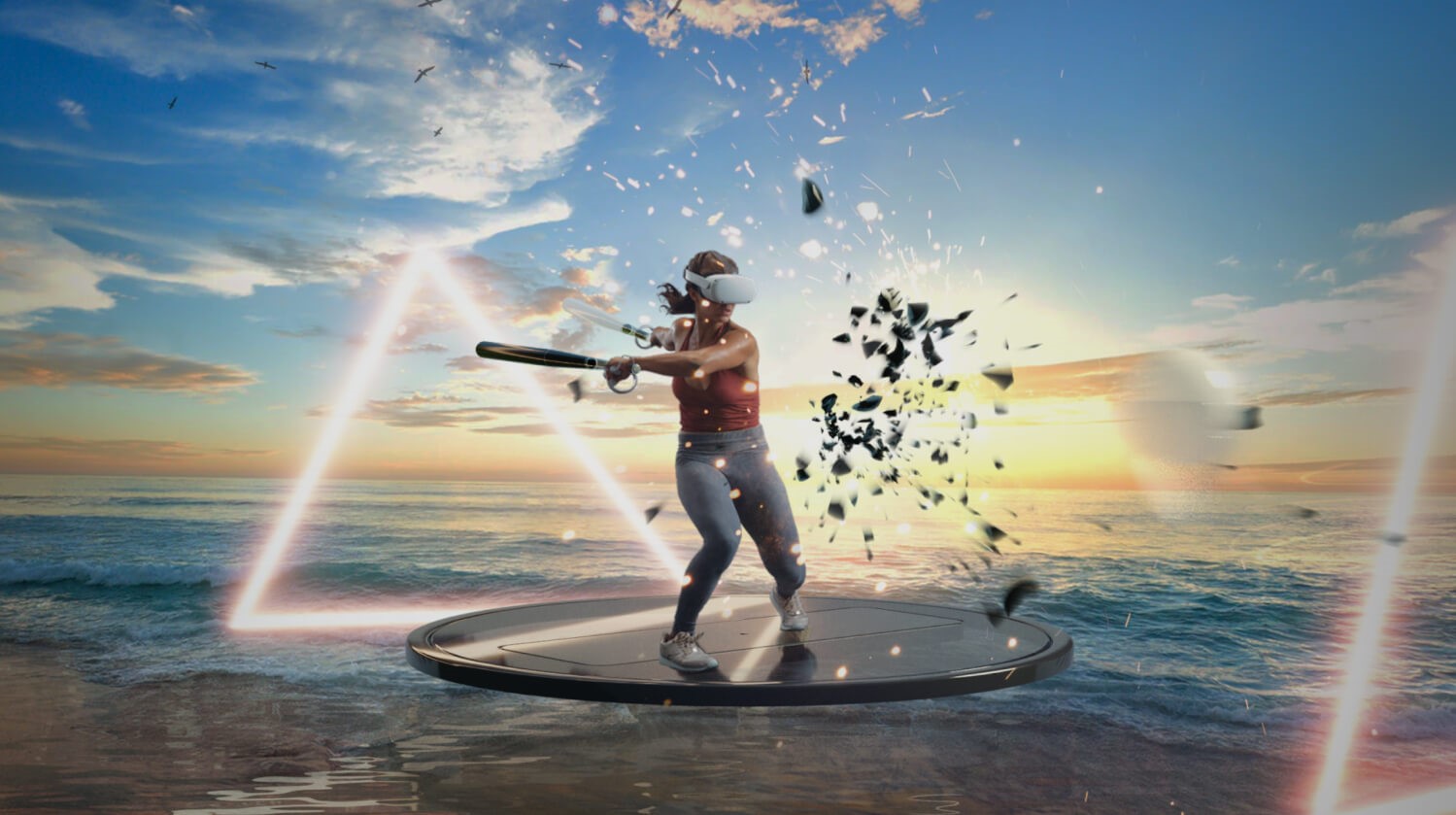Much needed video update comes to the Quest 2, but only for game developers
Meta has finally unlocked a range of new native video recording settings for the Quest 2 VR headset including 4K resolution and a 16:9 aspect ratio. The only problem is the options are only available to developers.
The new developer hub update – which can only be downloaded by those with an Oculus Developer account – has enabled several options for recordings. There’s still the default 1:1, 1024p @ 36fps setting, but now developers can choose from 1080p, 1440p or 2160p resolutions, each of which can be recorded at 36fps or 60fps.
There are also options to change the video’s bitrate from the default 5MBps up to the max 40Mbps, and to make the view monoscopic or stereoscopic – paving the way for more immersive VR game trailers.
Details of the update were shared by Robert Aldridge on Twitter (via UploadVR)
Improved native video recording settings for the Quest 2 have been something that developers and VR content creators have been calling out for. The Quest 2’s native 1:1 video recordings are great for the Meta-owned Facebook and Instagram, but not so much on other platforms.

By default, the Meta Quest 2 (formerly Oculus Quest 2) is set to record and show a 1:1 aspect ratio with a 1024p resolution (a smidge below HD at 1080p). To shape this square down to a 16:9 video you either have to add thick black rectangles on either side of it or trim the image – potentially cutting out important pixels.
External tools could allow content creators and devs to capture, but setting this up can be cumbersome. This native solution makes recording 16:9, high-resolution footage much simpler.
The reason 16:9 is important is that it's the aspect ratio of pretty much every regular display – your TV and your PC monitor – which is what you’ll most likely be using to watch trailers on YouTube and other platforms for new VR games. While having the same aspect ratio isn’t a necessity, matching it up will help make a trailer look more visually appealing – potentially getting more players excited by what they see.
The same would also hold for YouTube and Twitch content creators wanting to release VR gameplay videos. It’s yet to be seen if these developer features will become available to regular players, but Meta has previously acknowledged that broader video settings are common demand from Quest headset owners.
One point that may be holding things back is the Quest 2’s limited power. As noted by Aldridge games can experience some issues when running in 4K as the headset just hasn’t got enough oomph for higher resolutions. Hopefully, this is an issue that Project Cambria or Quest 3 can solve.
- The Backbone Pro looks like almost everything that I would want from a follow up to one of the best mobile controllers
- Former PlayStation boss says he 'partly saved' the first Gran Turismo game from being too realistic: 'It was extremely advanced, perhaps too much so'
- Ex-PlayStation boss says $80 games were 'going to happen sooner or later'


Post a Comment for "Much needed video update comes to the Quest 2, but only for game developers"